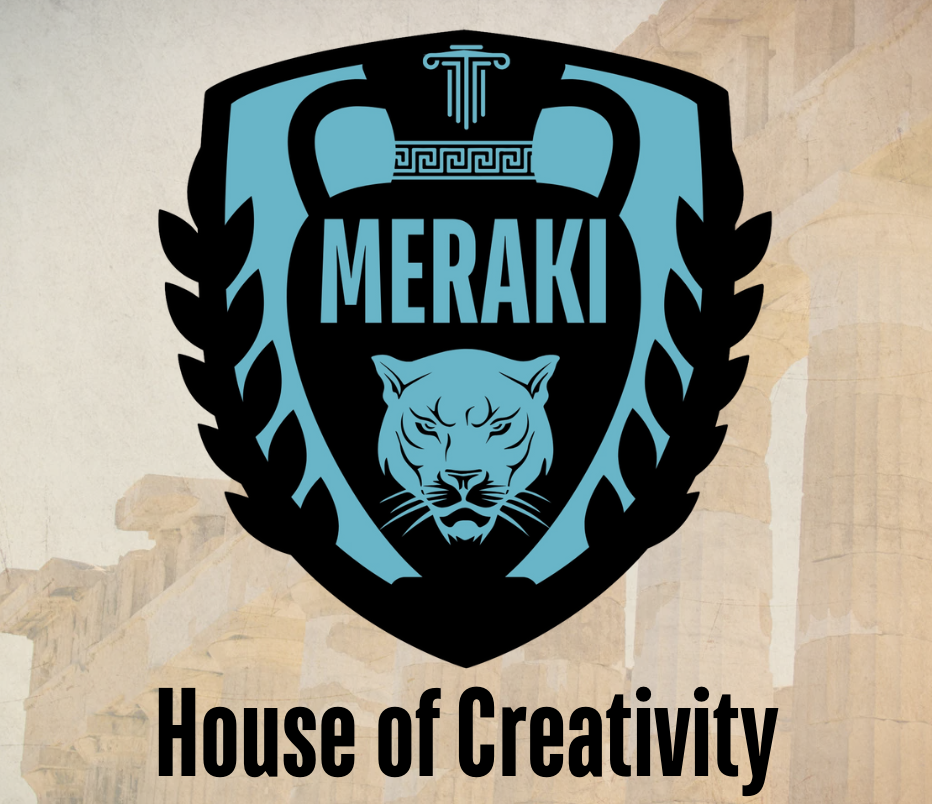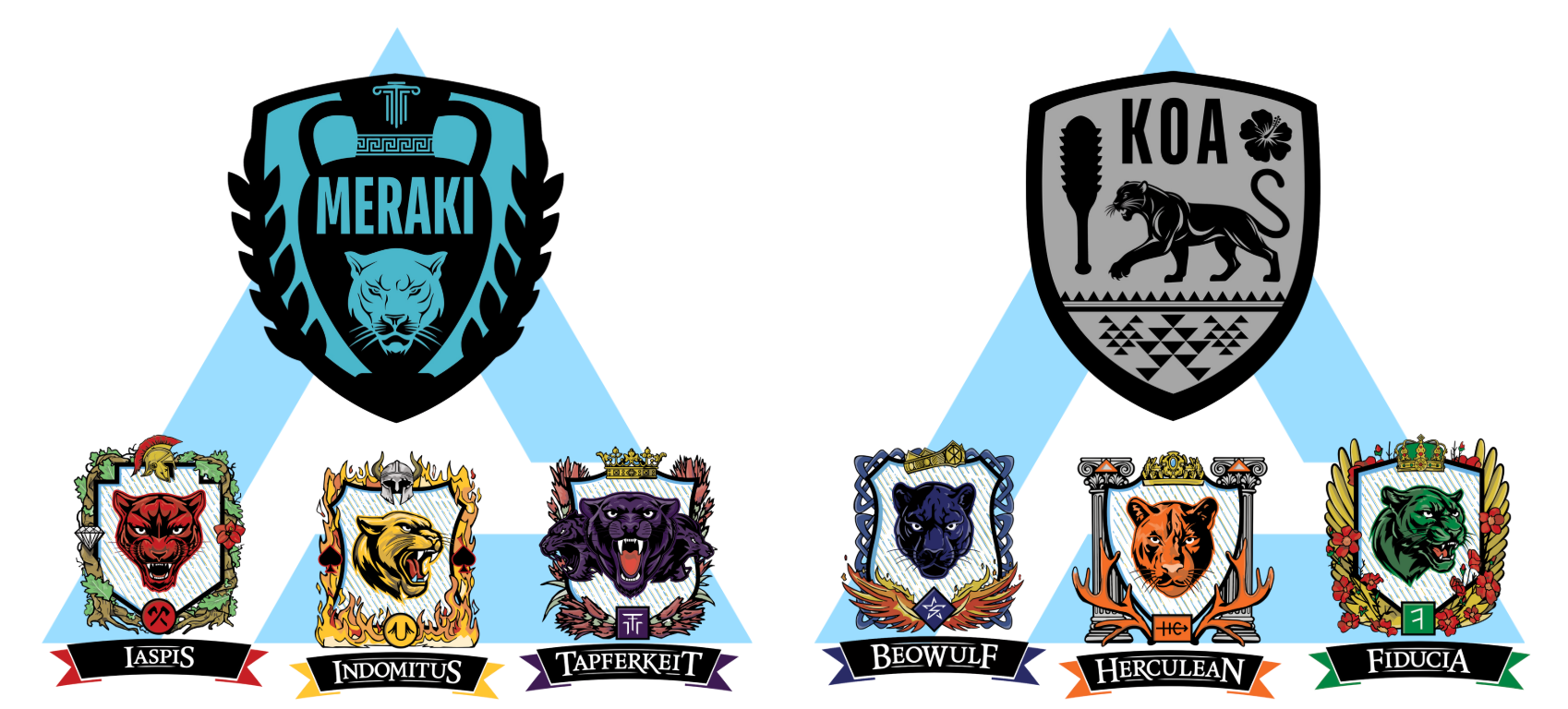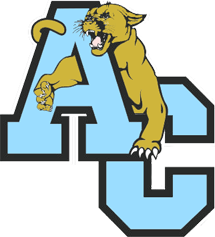


meh-RAH-kee
(/meh-RAH-kee/)
Breakdown:
meh – like met without the "t"
RAH – rhymes with spa (this is the stressed syllable)
kee – like key
KOH-uh
(/ˈkoʊ.ə/)
Breakdown:
KOH – rhymes with go (this is the stressed syllable)
uh – a soft ending, like the "a" in sofa

The Origin of Meraki and Koa: A Tale of Creativity and Courage
Long ago, in the sun-soaked lands of ancient Greece, there was a small group of artisans and dreamers who called themselves Meraki—meaning to put soul, creativity, and love into all they did. They wore teal as a symbol of calm inspiration and endless possibility, believing that every act of creation was a way to touch the divine. Guided by their passion for beauty and innovation, the Meraki nurtured art, music, and storytelling, weaving magic into everyday life. Their spirit was one of joyful expression and the fearless pursuit of new ideas.
Far across the vast Pacific Ocean, in the lush islands of Hawaii, another tribe flourished—the Koa, fierce warriors named for the mighty koa tree known for its strength and resilience. Clad in shades of grey that mirrored the island’s volcanic stone, the Koa embodied courage and boldness. They were protectors and explorers, standing tall against any challenge with steady hearts and unshakable resolve. Their legacy was one of bravery, rooted deeply in respect for the land and their ancestors.
As centuries passed, the paths of Meraki and Koa converged through a shared vision: to bring balance between creativity and courage to a new world. They journeyed together across oceans and mountains, united by the belief that imagination and bravery were twin pillars of a strong community. Their travels led them to the open plains of Clearmont, Wyoming, where the quiet strength of the land welcomed them. Here, the two houses took root—Meraki inspiring innovation and joy, and Koa standing firm as guardians of courage and resilience. Today, in Clearmont’s elementary halls, the legacy of Meraki and Koa lives on, reminding students that creativity and courage go hand in hand on every path they choose.

Mentorship is a cornerstone of our House System, offering students meaningful opportunities to lead, guide, and grow together. In our structured model, each elementary “Cub House” is paired with three 7–12 houses, creating a strong foundation for consistent, supportive relationships. Older students serve as mentors—modeling character, leadership, and school pride—while younger students gain positive role models who inspire confidence and connection. Though each house has a specific mentorship focus, students are encouraged to support and uplift all members of the Claw, regardless of house. These relationships help foster a school-wide culture of unity, empathy, and shared purpose. Over the years, we look forward to watching these bonds grow stronger, as our Cub Houses thrive under the guidance of those who once stood where they now stand.

The Luminaries
The Luminaries are mentors of Meraki—guiding lights who nurture creativity, independence, and inner strength. This name highlights their role as sources of wisdom and inspiration, leading not through force but through thoughtful presence and originality. It speaks to light emerging from darkness, brilliance forged under pressure, and the quiet power of purposeful leadership. Meraki’s mentor houses—Indomitus, Tapferkeit, and Iaspis—form a perfect support system for young creators. Indomitus inspires Cubs to be bold and free-thinking, unafraid to express their ideas. Tapferkeit offers calm determination and perseverance, helping them stay grounded through challenges. Iaspis adds resilience and refined strength, reminding Meraki students that pressure can shape diamonds. Together, The Luminaries help Meraki Cubs grow into imaginative, courageous individuals who lead with vision, grace, and soul.
The Shieldbearers
The Shieldbearers are the dedicated mentors of Koa—Beowulf, Herculean, and Fiducia—three powerful houses united by courage, resilience, and loyalty. This name reflects their shared role as protectors, guides, and steadfast mentors. Like shieldbearers of old, they defend what is right, lead with honor, and support others through life’s battles. Beowulf brings a spirit of protection and selfless service, teaching Koa Cubs to lead with strength and heart. Herculean instills grit and determination, modeling how to face challenges head-on with unwavering resolve. Fiducia offers trust, love, and collaborative leadership, grounding the group in connection and integrity. Together, The Shieldbearers provide a strong, balanced foundation that empowers Koa Cubs to grow into fearless, compassionate leaders—warriors of courage who stand tall for what is right.
